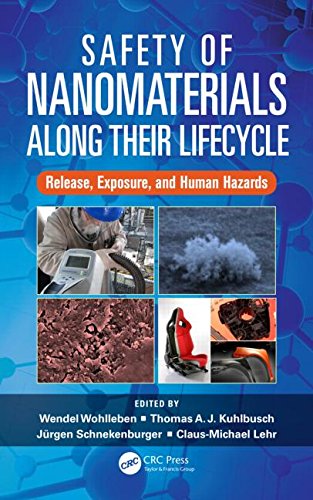

Most ebook files are in PDF format, so you can easily read them using various software such as Foxit Reader or directly on the Google Chrome browser.
Some ebook files are released by publishers in other formats such as .awz, .mobi, .epub, .fb2, etc. You may need to install specific software to read these formats on mobile/PC, such as Calibre.
Please read the tutorial at this link: https://ebookbell.com/faq
We offer FREE conversion to the popular formats you request; however, this may take some time. Therefore, right after payment, please email us, and we will try to provide the service as quickly as possible.
For some exceptional file formats or broken links (if any), please refrain from opening any disputes. Instead, email us first, and we will try to assist within a maximum of 6 hours.
EbookBell Team

0.0
0 reviewsThe incorporation of nanomaterials into products can improve performance, efficiency, and durability in various fields ranging from construction, energy management, catalysis, microelectronics, plastics, coatings, and paints to consumer articles such as foods and cosmetics. But innovation never comes at zero risk. The potential hazards resulting from human exposure during production, use, or disposal has raised concerns and targeted research early on.
Safety of Nanomaterials along Their Lifecycle: Release, Exposure, and Human Hazards presents the state of the art in nanosafety research from a lifecycle perspective. Although major knowledge gaps still exist, solid data are now available to identify scenarios of critical risk as well as those of safe nanomaterial use for our benefit.
The book is divided into four parts: characterization, hazard, release and exposure, and real-life case studies. To improve coherence throughout the book, various chapters review the same suite of well-characterized, judiciously chosen, and identical industrial nanomaterials. The book is a helpful resource to professionals in product development, industrial design, regulatory agencies, and materials scientists and engineers involved in the safety of nanomaterials.